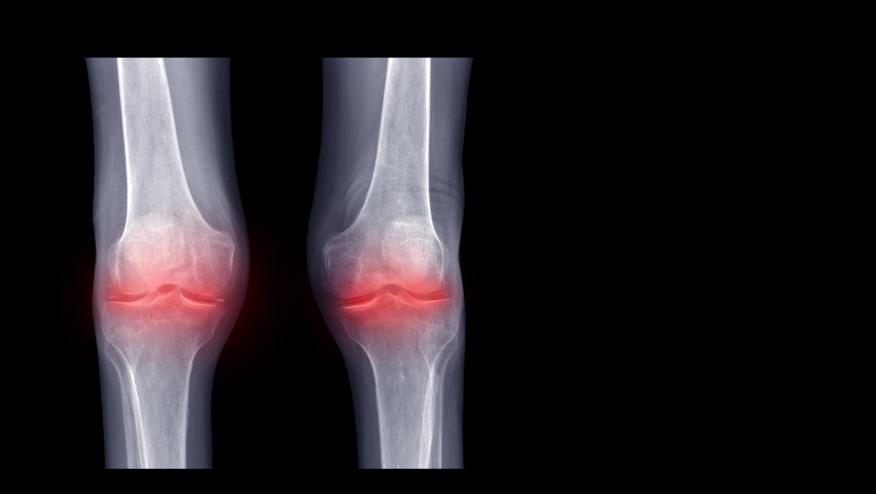Frequency and Features of CPPD Save

An international cohort study of patients with calcium pyrophosphate deposition (CPPD) disease, i.e., recurrent acute CPP crystal arthritis, chronic CPP crystal inflammatory arthritis, and crowned dens syndrome (CDS) identifies both acute and chronic inflammatory phenotypes, each with distinctive clinical and imaging diagnostic features.
Data was collected from 25 sites in 7 countries for the development and validation of the 2023 ACR/EULAR CPPD classification criteria. These data also examined clinical features and potential risk factors for each phenotype.
There were a total of 618 CPPD patients in the cohort - 56% female, with a mean age 74 years. Presentations included:
- Acute CPP crystal arthritis 97.4%
- Recurrent acute arthritis 53.7% Recurrent acute CPP crystal arthritis associated with longer disease duration (aOR 2.88)
- Persistent inflammatory arthritis 25.6%
- Crowned dens syndrome (CDS) 7.3%
Chronic CPP crystal inflammatory arthritis was associated with acute wrist arthritis (aOR 2.92), MCP OA (aOR 1.87), scapho-trapezio-trapezoid (STT) osteoarthritis (aOR 1.83), and was negatively associated with either metabolic or familial risk for CPPD (aOR 0.60).
CDS was linked to male sex (aOR 2.35), STT osteoarthritis (aOR 2.71), and more chondrocalcinosis (aOR 1.46).
CPPD disease has both acute and chronic inflammatory phenotypes, with specific features to be considered in the diagnostic workup.










If you are a health practitioner, you may Login/Register to comment.
Due to the nature of these comment forums, only health practitioners are allowed to comment at this time.